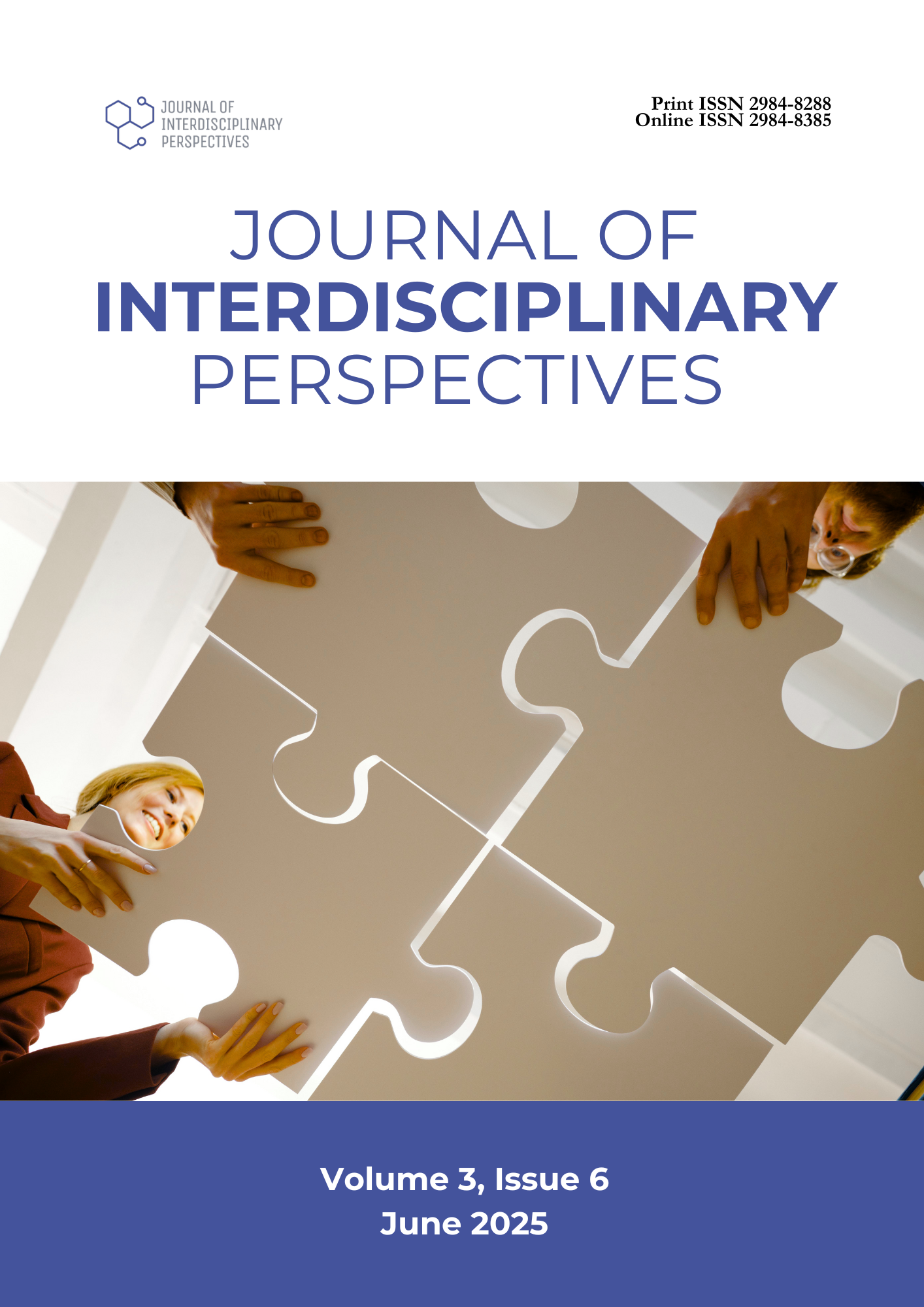Effectiveness of the SAMR Model for Enhancing Literature Instruction in Junior High School
DOI:
https://doi.org/10.69569/jip.2025.211Keywords:
21st-century skills, Barriers to integration, Professional development, SAMR model, Technology IntegrationAbstract
This study explored how English teachers in private junior high schools in Batangas City applied the SAMR model in teaching literature. A descriptive research design, combining qualitative and quantitative methods, was employed to gather data from 60 English teachers during the School Year 2023–2024. Data were collected using a researcher-made questionnaire that captured teachers' experiences, perceptions, and instructional practices. The findings revealed diverse teaching experiences, mainly in terms of years and grade levels, with most teachers holding bachelor's degrees and attending moderate seminars. While the SAMR model was moderately applied across its Substitution, Augmentation, Modification, and Redefinition levels, teachers who attended six or more seminars showed higher usage of the Redefinition level. No significant differences were found in SAMR usage based on years of teaching experience or highest educational attainment. The study emphasized the importance of accessible technology, collaborative tools, and purposeful integration in teaching literature, while identifying barriers such as limited resources and time constraints. These findings underscore the SAMR model's potential to revolutionize literature instruction when challenges are addressed, highlighting the need for targeted guidelines to help teachers effectively integrate educational technologies.
Downloads
References
Bhutoria, A. (2022). Personalized education and artificial intelligence in the United States, China, and India: A systematic review using a human-in-the-loop model. Computers and Education: Artificial Intelligence, (3), Article 100068. https://doi.org/10.1016/j.caeai.2022.100068
Bicalho, R. N., Pineda, R. C., & Oliveira, M. C. (2022). Integration of ICTs in teaching practices: Propositions to the SAMR model. Educational Technology Research and Development, 70(1), 1-20. https://doi.org/10.1007/s11423-021-09934-7
Blundell, C. N., Mukherjee, M., & Nykvist, S. (2022). A scoping review of the application of the SAMR model in research. Computers and Education Open, (3), 100093. https://doi.org/10.1016/j.caeo.2022.100093
Chen, C., Liang, R., Pan, Y., Li, D., Zhao, Z., Guo, Y., & Zhang, Q. (2022). A quick development toolkit for augmented reality visualization (QDARV) of a factory. Applied Sciences, 12(16), 8338. https://doi.org/10.3390/app12168338
Drugova, E., Zhuravleva, I., Aiusheeva, M., & Grits, D. (2021). Toward a model of learning innovation integration: TPACK-SAMR based analysis of the introduction of a digital learning environment in three Russian universities. Education and Information Technologies, 26(4), 4925–4942. https://doi.org/10.1007/s10639-021-10514-2
Garrison, D. R., & Anderson, T. (2021). E-learning in the 21st Century: A framework for research and practice (3rd ed.). Routledge.
Haleem, A., Javaid, M., Qadri, M. A., & Suman, R. (2022). Understanding the role of digital technologies in education: A review. Sustainable Operations and Computers, 3, 275–285. https://doi.org/10.1016/j.susoc.2022.05.004
Kelsch, J., & Wang, T. (2021). An action research of using SAMR to guide blended learning adoption during COVID-19. In Lecture notes in computer science (pp. 207–218). https://doi.org/10.1007/978-3-030-92836-0_18
Rablin, T. (2024). Strand-based PD provides teachers with autonomy. Edutopia. Retrieved from https://tinyurl.com/3mxvyr4s
Tunjera, J., & Chigona, W. (2019). Digital literacy competencies for teacher education students. Proceedings of the 1st International Conference on Education Social Sciences and Humanities (ICESSHum 2019), 1010–1018. https://doi.org/10.2991/icesshum-19.2019.156
Zhang, W. (2022). The role of technology-based education and teacher professional development in English as a Foreign Language classes. Frontiers in Psychology, 13. https://doi.org/10.3389/fpsyg.2022.910315
Downloads
Published
How to Cite
Issue
Section
License
Copyright (c) 2025 Journal of Interdisciplinary Perspectives

This work is licensed under a Creative Commons Attribution-NonCommercial 4.0 International License.








